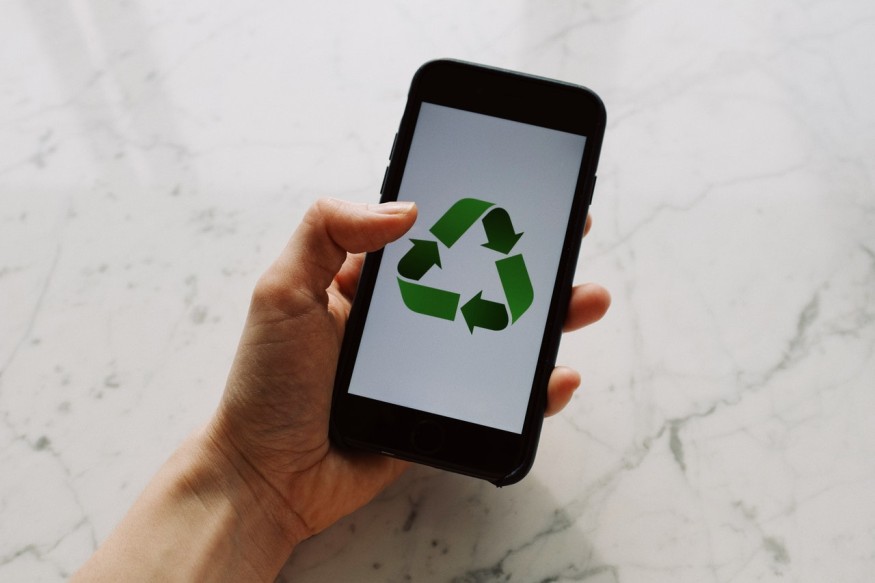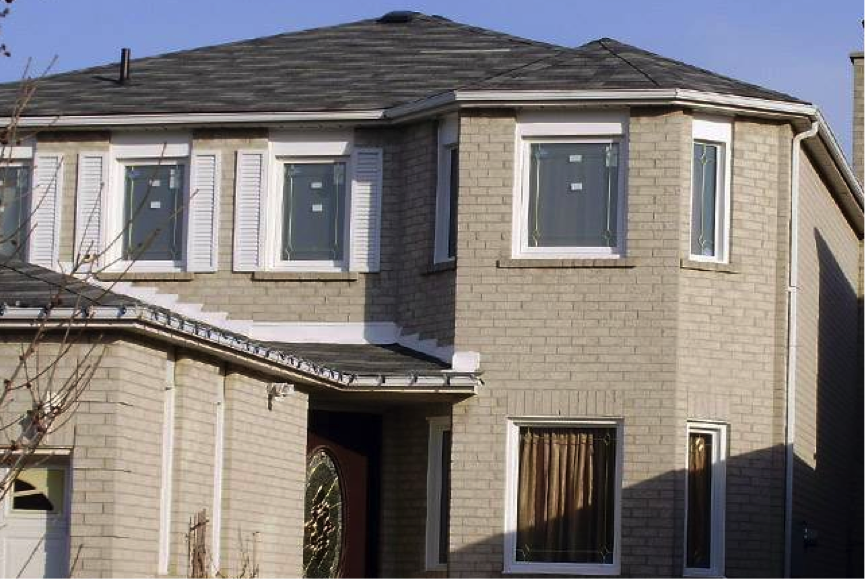
Global warming continues, but that doesn't mean we have to lay back and wait for the worst to happen. Solutions for reducing carbon emissions are being developed by innovators all over the world.

The connection between carbon dioxide emissions and global climate change is a major concern that has far-reaching implications for culture, ecosystems, and economies. Carbon sequestration, or the ability to trap carbon dioxide in underground geologic layers, is well accepted as having enormous potential for reducing the impacts of carbon emissions.
Climate change has the potential to be overwhelming. The science is complicated because there are so many unknowns when it comes to potential consequences. Although gigantic solutions would necessitate global intervention, there is a slew of creative notions that can minimize the adverse effects.
These are a few of the most innovative ideas for reducing greenhouse emissions:
Choosing Concrete Steps

Capture carbon from power plant flue gas and transform it into calcium carbonate that can be used. CO2 mineralizes into a solid form as hard and durable as normal commercial cement in a method that mimics how aquatic animals build their shells.
The majority of CO2 sequestration schemes bury CO2 in rock layers deep underground. Calera's solution involves using a byproduct to create a much-needed substance. The carbon-negative cement plant is connected to power plants, which helps utility producers meet pollution targets.
Maximizing Wind Power

A Wind & Energy Storage project led by Max Bögl Wind AG and GE Renewable Energy in Germany is the world's tallest wind turbine combined with pumped storage hydro. It will lead to potential wind power penetration as the first global wind farm to incorporate water storage in the turbines.
Another concept in maximizing wind power usage is via the BATs.
Large helium blimps that turn wind into electricity are flown. BATs, or buoyant air turbines, are the size of shipping containers, can fly up to 1,000 miles, and are tethered to the ground by large, conductive cables.
Altaeros' BATs have a number of benefits over conventional turbines. Since they don't need concrete floors or fleets of semis to move pieces, they have considerably lower carbon footprints. They're mobile, so they can supply energy anywhere it's needed, and they can be deployed in less than 24 hours. Traditional turbines kill half a million birds a year in the United States alone, and their installation does not degrade habitat. Once aloft, they fly at such a high altitude that they pose no danger to birds.
Continue Solar Power Improvements

Sharp developed a Solar project with a 31.17 percent solar sunroof triple-junction module performance. The technology's innovativeness, which has the highest photovoltaic (PV) conversion performance as a module, allows for a faster transition away from fossil fuel electricity.
Another method, one more radical, would be solar-paneled roads.
Convert the 30,000 square miles of highways in the United States into a solar-power grid. Hexagonal photovoltaic bricks cells, encased in highly durable glass, attach like six-sided puzzle pieces to cover areas ranging from parking lots to rail tracks to freeways.
The fact that infrastructures are now in place-roadways crisscross the continent-is a significant plus. Solar roads would construct localized power grids while also releasing heat, which would help to prevent icing. Solar bricks, according to the creators, would be less expensive to build than resurfacing asphalt roads.
For more Environmental news, don't forget to follow Nature World News!
© 2025 NatureWorldNews.com All rights reserved. Do not reproduce without permission.





